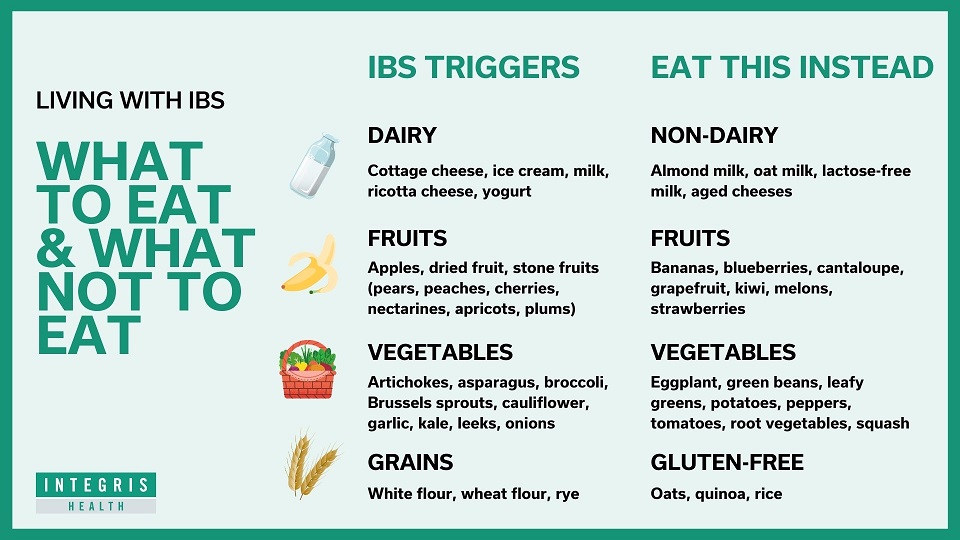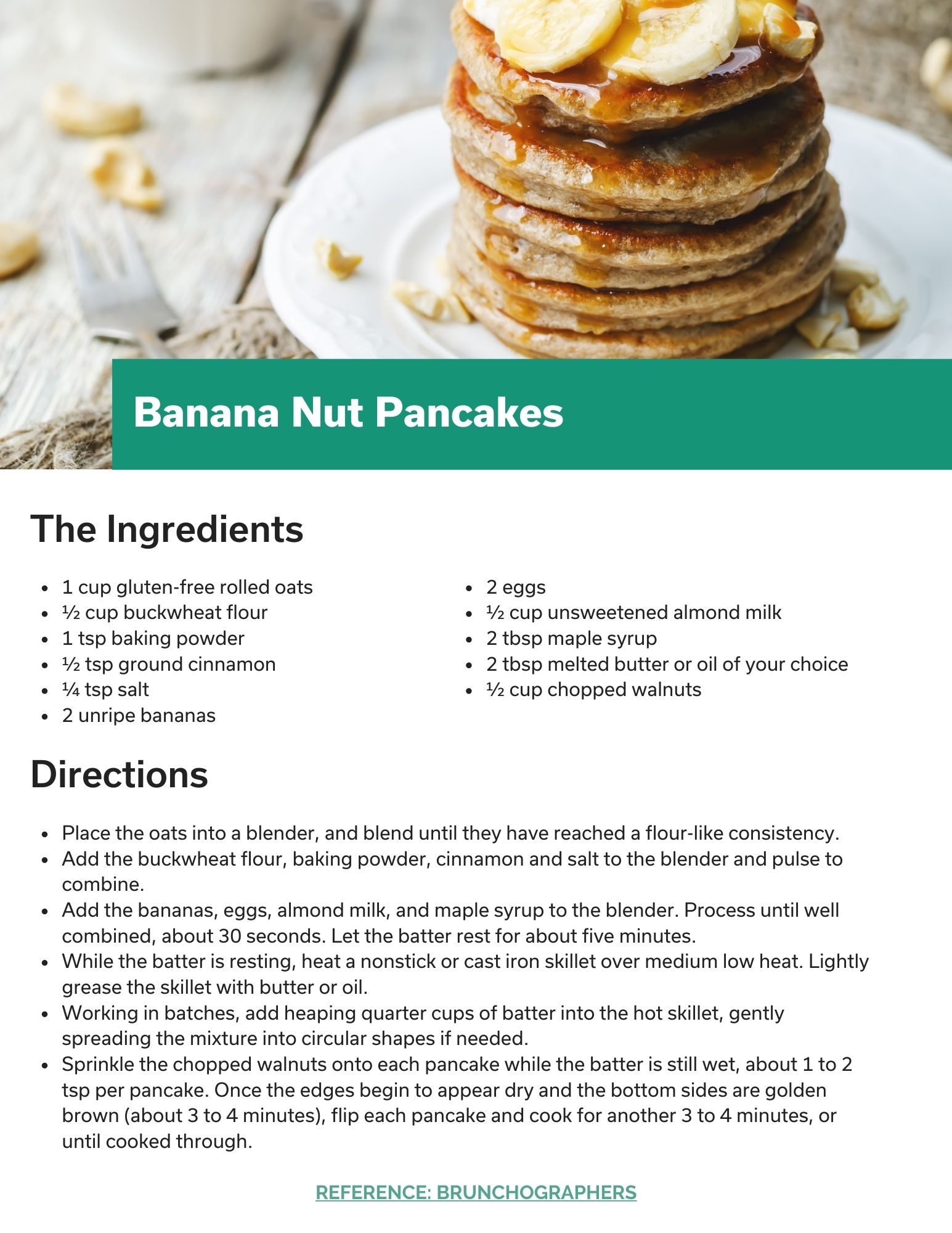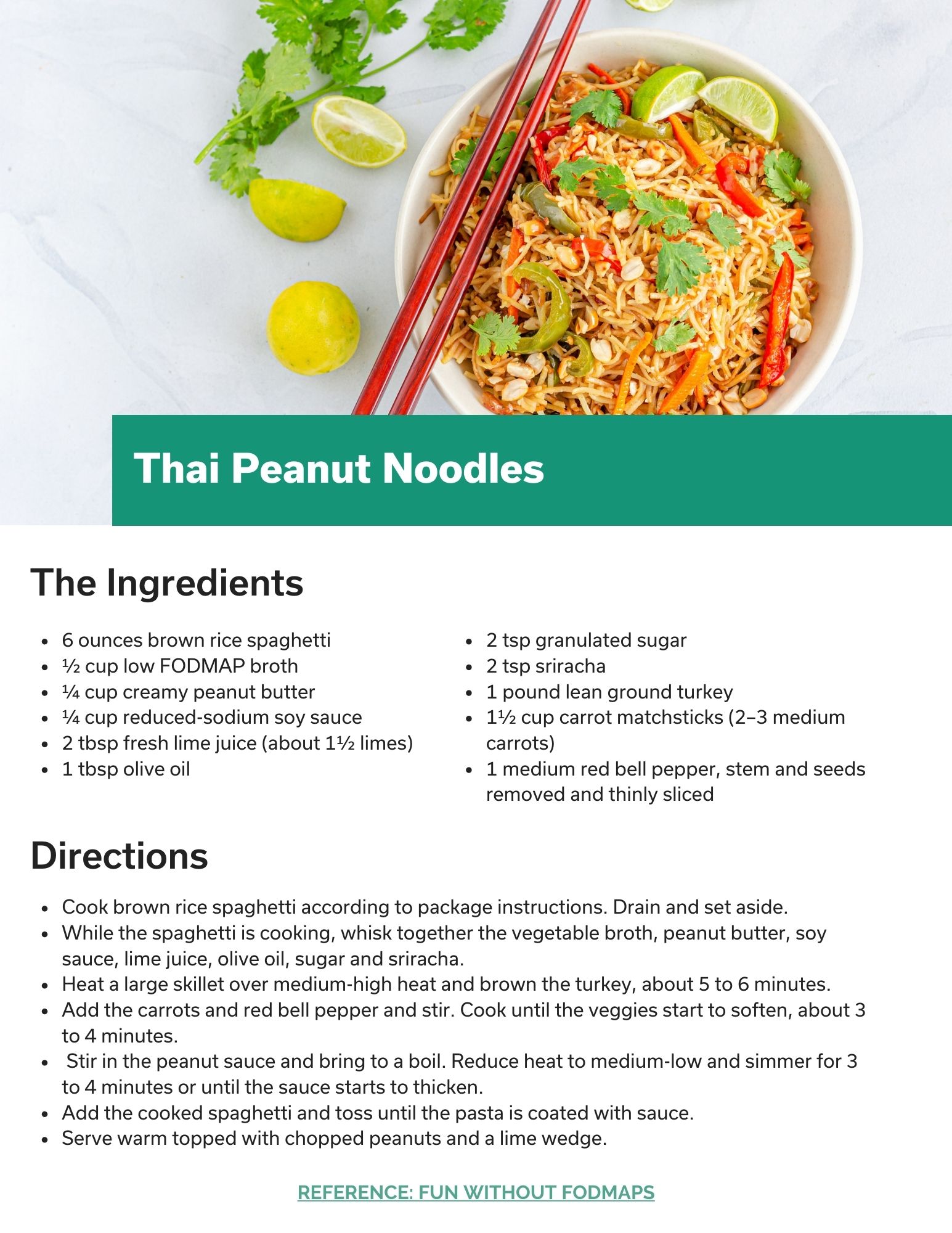What to Eat With IBS
Posted in

If you’re one of the 10 to 15 percent of people in the United States with irritable bowel syndrome (IBS), then chances are you’re quite aware of the daily challenges associated with this lifelong gastrointestinal disorder.
Many people don’t know this until they’re diagnosed, but certain foods can make your IBS symptoms worse. Choosing what to eat can be a chore, so we put together a comprehensive guide on tips for dealing with IBS, what to eat, what not to eat and some recipes for you to try at home.
What is IBS?
IBS is a gastrointestinal (GI) disorder that causes recurrent abdominal pain or discomfort when having a bowel movement. In addition to pain, people with IBS also experience bloating, gas, constipation and diarrhea.
People with IBS fall under one of the following types used to describe symptoms:
- Constipation predominant (IBS-C)
- Diarrhea predominant (IBS-D)
- Mixed type (IBS-M)
IBS shouldn’t be confused with inflammatory bowel disease (IDB) because IBS is a functional GI disorder and isn’t caused by inflammation, a blockage or another structural problem.
Functional GI disorders
Adult functional gastrointestinal disorders (FGIDs) occur when there is a disruption between the brain and gut. The word functional comes from the fact that there are no structural abnormalities that can be seen by endoscopy, x-ray or blood tests.
Functional GI disorders occur due to three primary reasons: motility, sensation and brain-gut dysfunction. Additional causes are believed to be linked to excess and altered gut microbiota in the GI tract.
Motility: Typically, the contractions that move food through the GI tract are normal and in sequence. With functional GI disorders, the contractions are abnormal – either too slow or fast – that cause pain.
Sensation: The nerves of the GI tract are hypersensitive and produce pain or discomfort when normal contractions occur during digestion.
Brain-gut dysfunction: The brain can’t properly communicate with the GI system.
IBS diet
IBS isn’t caused by the foods you eat or the diet you adhere to. However, certain things in your diet can hurt or help your symptoms depending on if they overstimulate your bowels.
That said, altering your diet is just one factor in managing IBS – a diet alone won’t get rid of your symptoms as hormonal changes and stressors also contribute to flare ups.
While each person with IBS has a different reaction to foods, there are two common triggers: foods with gluten and foods that fall under the umbrella term FODMAPs.
MODMAPs is a long acronym – fermentable oligosaccharides, disaccharides, monosaccharides and polyols – to describe short-chain carbohydrates that your body has difficulty digesting or absorbing.
Here is an overview of FODMAPs:
- Oligosaccharides and galacto oligosaccharides: fructans (sugars in certain plants)
- Disaccharides: lactose (sugars in dairy products)
- Monosaccharides: fructose (sugars in fruit)
- Polyols: sugar alcohols (sweeteners)
Problems with digestion can lead to excess gas and fluid in the bowel, leading to symptoms of pain, bloating, gas and diarrhea. Why? Because these sugar molecules are linked together (short chain), your intestines can’t break them down. As a result, your GI tract uses excess water to move them down the line into your colon. From there, bacteria in your colon ferment the sugars and produce gas and fatty acids as a byproduct.
Foods to eat with IBS
If you were recently diagnosed with IBS, here are some general tips and food choices to consider that may help your symptoms. Fiber-rich foods are generally safe; while foods with gluten may trigger an IBS attack.
Note: please consult your doctor before changing your diet or adding/subtracting any foods.
Fruits: Choose fruits low in fructose, such as bananas, strawberries, blueberries, raspberries, melons, kiwi, cantaloupe and grapefruit.
Vegetables: Leafy greens, tomatoes, squash, zucchini, peppers, potatoes, sweet potatoes, eggplant, green beans, cucumbers and root vegetables (carrots, turnips and parsnips) are all good options for people with IBS.
Grains: Proteins found in gluten, along with fructans found in weight, can contribute to IBS flare ups. Eat gluten-free breads and pasta, rice and oats. For snacks, choose rice crackers and corn chips.
Proteins: The good news is beef, pork, chicken, poultry and seafood are all good sources of protein for people with IBS – just be sure they aren’t breaded or fried or served with a sauce that may act as a trigger.
Non-dairy options: Milk sugar found in dairy can make your symptoms worse, so stick to lactose-free options such as almond milk or oat milk. When it comes to cheese, dairy isn’t totally off limits for people with IBS. Aged cheeses have low lactose levels compared to fresh cheeses. Low-lactose cheeses include cheddar, brie and parmesan. Tip: check the packaging on cheeses for the total sugars. Low-lactose or lactose-free cheeses generally have 0 grams of sugar.
Nuts/seeds: Nuts and seeds contain protein but are also high in fiber. Consider eating almonds, macadamia, pine nuts, walnuts, pumpkin seeds, flaxseeds and chia seeds. Quinoa, which is a member of the seed family and not a grain, is a good gluten-free and wheat-free substitute.
Sweeteners: For recipes that call for a sweetener or if you’re looking to add some sugar to a dish, table sugar or maple syrup won’t upset your bowels.
High-fiber diet for IBS
Foods high in fiber can help improve IBS-related problems, regardless of if constipation or diarrhea are your primary symptoms. Dietary fiber comes in two types: soluble and insoluble.
The main difference between the two is how it interacts with water. Soluble fiber dissolves in water, meaning it attracts water and removes excess fluid. Pectin, a naturally occurring starch in fruits and vegetables, is a common type of soluble fiber.
Insoluble fiber doesn’t dissolve in water and instead absorbs water and other fluids as it travels through the digestive tract. Cellulose, a substance that makes up plant cell walls in legumes, seeds, root vegetables and cruciferous vegetables, is a common type of insoluble fiber.
In short, soluble fiber slows down digestion, which helps with diarrhea. People with IBS-D often benefit from a diet high in soluble fiber. Conversely, insoluble fiber speeds up digestion and acts as a natural stool softener, which helps with constipation. People with IBS-C often benefit from a diet high in insoluble fiber.
The distinction between soluble fiber and insoluble fiber is important since they operate in different ways. Foods high in soluble fiber may be beneficial for people with IBS-D but not for IBS-C. The same goes for foods high in insoluble fiber – they can benefit people with IBS-C but too much can actually make diarrhea symptoms worse.
Here are some food examples of the two types of fiber:
Foods with soluble fiber
- Apples
- Avocados
- Barley
- Beans
- Berries (strawberries, blueberries, etc.)
- Carrots
- Citrus fruits (oranges, grapefruits, lemons, limes)
- Pears
- Peas
- Potatoes
- Rice
- Sweet potatoes
Foods high in insoluble fiber
- Beans
- Bran
- Cruciferous vegetables (broccoli, cauliflower, kale, cabbage)
- Cabbage
- Leafy greens
- Nuts (almonds, walnuts, cashews, etc.)
- Seeds (flaxseeds, chia seeds)
- Whole grains (oats, brown rice, gluten-free pasta)
If you do plan to eat some of these fruits and vegetables, peel the skin beforehand to aid in digestion. While eating beans and other legumes may trigger your IBS, rinsing them and cooking them in fresh water can reduce bloating and gas.
What not to eat with IBS
The main foods to limit your consumption when living with IBS fall under the FODMAPs category – fermentable oligosaccharides, disaccharides, monosaccharides and polyols.
This is due to the difficulties the body has digesting lactose, fructose, fructans and sugar alcohols.
However, just because these foods may make symptoms worse doesn’t mean you need to outright avoid them. There is a reason the low-FODMAPs diet exists, as the goal is to limit your intake of FODMAPs, not eliminate them altogether. For context, consider a low-FODMAPs diet like a low-carb diet – you can still eat carbs on a low-carb diet, just in a modified setting.
Foods high in lactose (disaccharides)
- Cottage cheese
- Ice cream
- Milk
- Ricotta cheese
- Yogurt
Foods high in fructose (monosaccharides)
- Apples
- Agave nectar
- Dried fruit
- High fructose corn syrup
- Honey
- Stone fruits (pears, peaches, cherries, nectarines, apricots, plums)
Foods high in fructans (fermentable oligosaccharides)
- Allium vegetables (garlic, onions, leeks, chives, scallions, shallots)
- Artichokes
- Asparagus
- Cruciferous vegetables (Brussels sprouts, broccoli, cauliflower, kale, cabbage)
- Rye
- Wheat
Foods high in galacto oligosaccharides
- Legumes (beans, lentils)
- Soy products
Foods high in sugar alcohols (polyols)
- Apples
- Blackberries
- Cauliflower
- Coconut water
- Mushrooms
- Packaged foods with sorbitol or mannitol in the ingredient list
- Stone fruits (pears, peaches, cherries, nectarines, apricots, plums)
- Sugar-free gum and candy (avoid xylitol, maltitol, isomalt)
What foods trigger IBS attacks?
Aside from the FODMAPs foods listed above, caffeine, foods high in saturated fat and fried foods have been known to trigger IBS attacks.
In addition, beans, raisins and bagels can increase bloating and gas. Artificially-sweetened foods or foods high in fructose can cause cramping or diarrhea.
Here is an overview of which foods and drinks to stay away from if you have IBS.
- Alcohol
- Candy
- Coffee
- Chocolate
- Gum
- Soda
- Fried foods
- Processed foods
- Tea
IBS diet recipes
Here are three low-FODMAPs recipes to try if you or a loved one is living with IBS.
Banana Nut Pancakes
Pancakes, one of the most common breakfast staples, contain gluten and dairy – two common IBS triggers. But instead of not being able to enjoy pancakes altogether, this modified recipe includes oats instead of white flour and almond milk instead of cow’s milk. The addition of bananas and walnuts also provide fiber to help with bowel movements.
Thai Peanut Noodles
The spices and flavors of Asian food is an ideal way to break up the monotony of eating the same IBS-friendly meals. In this recipe, use rice noodles or any other gluten-free noodle to soak the flavorful peanut sauce. The carrots and bell pepper add texture and, as an added bonus, they’re also good for your digestive health.
Blueberry Popsicles
Eating tasty desserts such as cookies or ice cream are generally off limits for people with IBS. Not only do they contain lactose or gluten, but they’re also high in saturated fat. That doesn’t mean you should have to skip dessert, though. These popsicles use both dairy-free milk and dairy-free yogurt. You don’t have to skimp on the sweetness, either, as there is plenty of flavor from the natural sweetness of the blueberries coupled with the maple syrup.
If you’re living with IBS or are newly diagnosed with this disorder, contact your primary care physician or a gastroenterologist and discuss how your food choices may be able to help with your symptoms. For more recipes and healthy living tips, visit the INTEGRIS Health For You blog.








